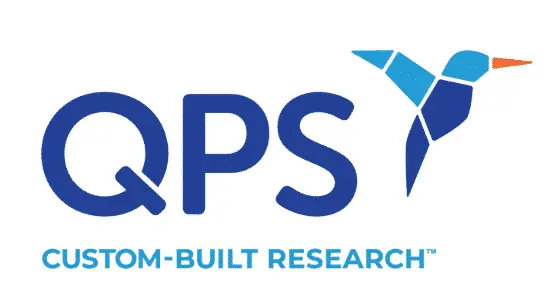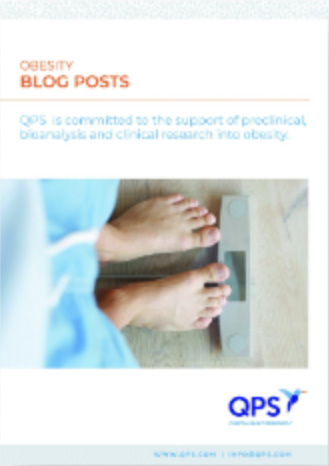Medicare may soon face steeply increased prescription drug costs as it considers covering the popular weight loss drug, Wegovy® (semaglutide). Known for its ability to reduce obesity and cardiovascular risks, this drug could become one of the costliest items in Medicare’s budget. A recent study sheds light on the financial strain that could arise if Wegovy were widely prescribed to eligible Medicare beneficiaries.

Who Will Be Eligible?
Wegoy, a glucagon-like peptide-1 (GLP-1) receptor agonist approved for weight loss and diabetes, has also been shown to reduce cardiovascular events in some patients who do not have diabetes. Although Medicare does not cover drugs prescribed solely for weight loss, the agency announced earlier this year that it would cover Wegovy for patients with elevated body mass index who have “established cardiovascular disease (CVD)” regardless of diabetes status. The term was not explicitly defined by Medicare.
For the study, published in the Annals of Internal Medicine, researchers considered four potential definitions of established CVD. Depending on how this term is defined, the study found that approximately 3.6 million people were highly likely to be eligible for the treatment. More liberal definitions of eligibility could increase that number to 15.2 million people.
The Expanding Financial Burden
GLP-1 drugs, such as Wegovy, have demonstrated significant potential in managing obesity, which affects a large number of American adults. This chronic condition is a significant contributor to other serious health issues, including heart disease. However, these drugs come with a high price tag, especially since patients often need to take them long-term.
If all eligible patients received the drug, Medicare’s prescription drug benefit, Part D, could see its spending quickly inflate. The estimated cost increase ranges from $34 billion to $145 billion annually, depending on how eligibility is defined.
“When established CVD is narrowly defined, only one in seven Medicare beneficiaries with elevated BMI are likely to be eligible to receive semaglutide, but costs to Medicare could still exceed $10 billion per year,” said lead author Alexander Chaitoff, of the Center for Healthcare Delivery Sciences at Brigham and Women’s Hospital in Boston, Massachusetts.
Employers are already feeling the pinch. A report from the Business Group on Health projected a 7.8% rise in healthcare costs for large employers next year, primarily due to increased spending on GLP-1s for diabetes and other costly medications. With Medicare spending on these drugs already on the rise for patients with diabetes, the situation could worsen if Wegovy becomes more widely prescribed for other indications, such as obesity and CVD. From 2018 to 2022, Medicare’s spending on GLP-1 medications jumped from $57 million to $5.7 billion despite the drugs only being covered for diabetes at the time.
Long-Term Concerns and Uncertainty
The study’s findings raise concerns about Medicare’s ability to manage drug costs. Although the drug’s benefits are clear, the price tag presents a challenge. The financial burden could be mitigated by several factors, such as out-of-pocket costs, drug shortages and utilization management strategies. For instance, if Wegovy is placed on Medicare’s specialty tier, patients may be responsible for 25% to 33% of the drug’s retail price. These costs could limit the number of people who choose to start or continue treatment.
Medicare has been cautious about covering weight-loss medications due to their high costs and the chronic nature of obesity treatment. Without clear budget controls, semaglutide could become one of the biggest drivers of Medicare spending in the near future.
A High Cost for a Narrow Benefit
Although covering Wegovy could help reduce cardiovascular risks in some patients, it could also exclude many people. In the conservative coverage analysis, “most beneficiaries with elevated BMI and cardiovascular risk would remain ineligible for semaglutide,” Chaitoff said.
As Medicare prepares for upcoming decisions on drug coverage, Wegovy stands out as both a breakthrough treatment and a financial puzzle. The healthcare system must weigh the benefits against the costs, ensuring that lifesaving treatments remain accessible without overwhelming the budget.
Did you enjoy this blog post? Check out our other blog posts as well as related topics on our Webinar page.
QPS is a GLP- and GCP-compliant contract research organization (CRO) delivering the highest grade of discovery, preclinical and clinical drug research development services. Since 1995, it has grown from a tiny bioanalysis shop to a full-service CRO with 1,100+ employees in the US, Europe and Asia. Today, QPS offers expanded pharmaceutical contract R&D services with special expertise in pharmacology, DMPK, toxicology, bioanalysis, translational medicine, cell therapy (including PBMCs, leukopaks and cell therapy products) and clinical development. An award-winning leader focused on bioanalytics and clinical trials, QPS is known for proven quality standards, technical expertise, a flexible approach to research, client satisfaction and turnkey laboratories and facilities. Through continual enhancements in capacities and resources, QPS stands tall in its commitment to delivering superior quality, skilled performance and trusted service to its valued customers. For more information, visit www.qps.com or email info@qps.com.







